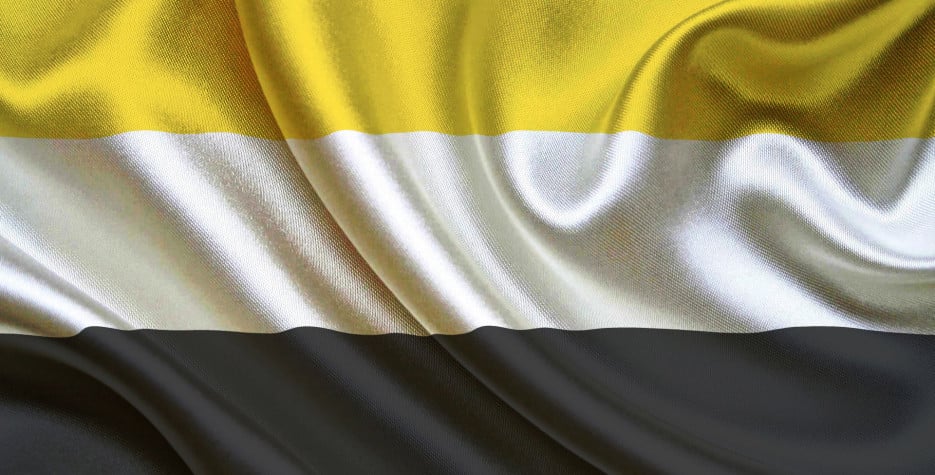When is Garifuna Settlement Day?
Garifuna Settlement Day is a national holiday in Belize observed on November 19th each year.
This holiday celebrates the settlement of the Garifuna (plural - Garinagu) people in Belize after being exiled from St. Vincent. This day highlights the rich cultural heritage of the Garinagu people — an ethnic group that emerged from the intermarriage of West Africans and the indigenous Arawak people.
History of Garifuna Settlement Day
In 1675, a cargo ship containing slaves from modern-day Nigeria was wrecked on a Caribbean island in the Grenadines. The local Carib took the survivors to the main island of St. Vincent where they established a community that would develop a unique afro-indigenous culture and group that became the Garifuna people. Known as the 'Black Caribs' they posed a formidable obstacle to the British or French taking control of the island group.
Chief Joseph Chatoyer was a Garifuna chief in St. Vincent. He forced the British to sign a peace treaty that set out the boundaries between British and Carib areas of the island.
Did you know?
Today Chatoyer is regarded as a national hero of St. Vincent and the Grenadines with a public holiday in honour on March 14th.
After the superior weaponry of the British finally subdued the Caribs and Garifuna, the British decide to exile the Garifuna as prisoners of war.
In April 1797, over 5,000 Garifuna were transported on British ships and abandoned on the deserted Honduran Bay Island of Roatan.
The Garifuna people then travelled to the shores of Belize, mainland Honduras and Guatemala establishing permanent settlements. The first Garifuna arrived in Belize at Dangriga on November 19th 1832, which is still home to the largest Garifuna population in the country.
Today the Garifuna now account for about 7% of the population of Belize. They live mainly in the South of Belize in Garifuna villages like Seine Bight, Hopkins, Barranco and larger towns like Punta Gorda and Dangriga.
In 1940, Thomas Vincent Ramos, a Garifuna civil rights activist, along with Раntаlеоn Неrnаndеz аnd Dоmіngо Vеnturа lobbied the governor of the colony of British Ноndurаѕ (Веlіzе) to еѕtаblіѕh а рublіс hоlіdау tо commemorate the Gаrіfunа аrrіvаl іn Веlіzе.
Тhе rеquеѕt wаѕ grаntеd аnd Саrіb Dіѕеmbаrkаtіоn Dау, lаtеr nаmеd Gаrіfunа Ѕеttlеmеnt Dау, wаѕ fіrѕt сеlеbrаtеd іn Ѕtаnn Сrееk Dіѕtrісt оn Nоvеmbеr 19th 1941. Тhе hоlіdау wаѕ rесоgnіzеd іn Тоlеdо іn 1943 аnd became a nationwide public and bank holiday іn 1977.
The black, white and yellow Garifuna Flag was implemented by Thomas Vincent Ramos. The flag is accepted internationally as the flag of the Garifuna Nation and the colours have been used in any forum where Garifuna people assert their Garifuna identity.
In 2001, UNESCO (the United Nations Educational, Scientific and Cultural Organization) declared the Garifuna culture a “Masterpiece of the Oral and Intangible Heritage of Humanity”
Did you know?
The Garifuna language is believed to be “45% Arawak, 25% Carib, 15% French, 10% English, 5% Spanish and spoken with an African dialect”.
The day is marked with a range of festivities, including dancing, chanting, praying, and drumming — particularly in the southern districts, where the largest number of Garinagu people reside. In Belize City, customary celebrations usually involve a reenactment of the Yurumein and church services.


